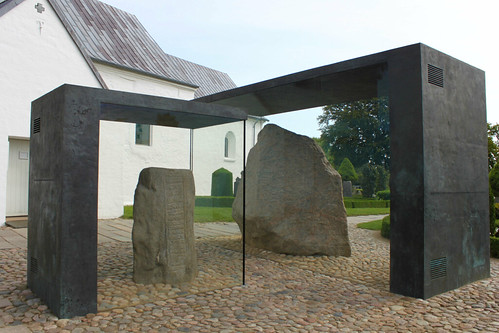In the small town of Jelling, Denmark, two monumental runestones stand as powerful symbols of national identity. Known as the Jelling Stones, these ancient artifacts mark the unification of Denmark and the arrival of Christianity, a momentous shift in Danish history.
A Legacy Carved in Stone
The older Jelling Stone was raised by King Gorm the Old around the year 950 in memory of his wife Thyra. A few years later, their son, King Harald Bluetooth, erected the larger stone around 965 to honor both parents. But Harald's stone does more than remember his family, it proudly declares his greatest achievements:
"Harald who won for himself all of Denmark and Norway and made the Danes Christian."
This runestone is often called “Denmark’s birth certificate”, as it officially records the formation of the Danish kingdom and the Christianization of its people.
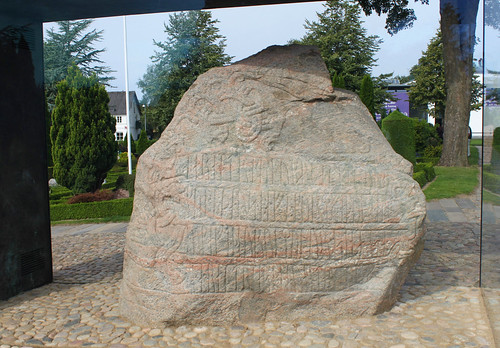
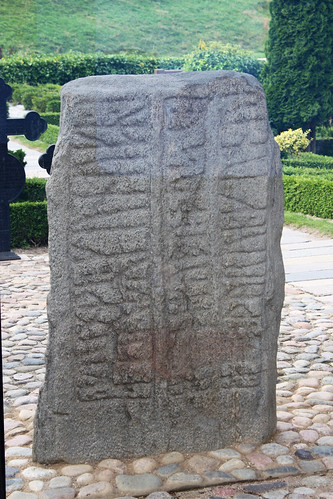
The Burial Mounds and Jelling Church
The two large burial mounds at the site are believed to belong to Gorm and Thyra. However, archaeological studies have found only one burial chamber, in the northern mound. Intriguingly, Gorm’s remains are thought to have later been reinterred beneath the nearby Jelling Church, which stands right between the mounds today.
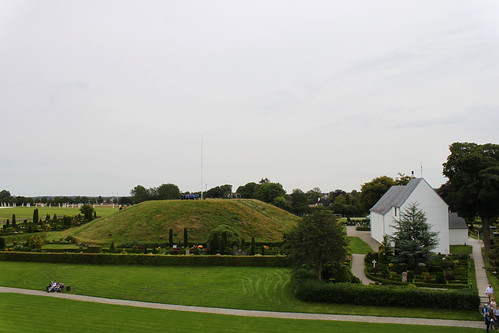
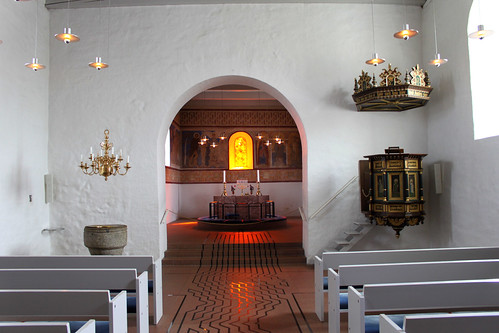
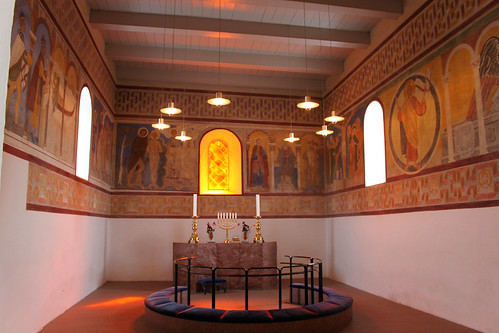
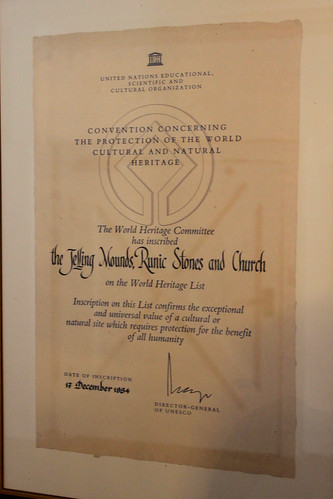
Explore Viking History at Kongernes Jelling
Just across from the monument area is Kongernes Jelling, Home of the Viking Kings, a modern experience center where visitors can:
- Dive into the stories of Gorm the Old, Harald Bluetooth, and the Danish royal lineage.
- Explore Viking Age Jelling through interactive exhibits and digital reconstructions.
- Learn more about the significance of the runestones and the Christian transformation of Denmark.
How to Visit
Location: 7300 Jelling, Denmark
Best time to visit: Spring to autumn for good weather and open exhibits
If you're a history enthusiast, Viking fan, or simply curious about Denmark's origins, the Jelling Stones are a must-see UNESCO World Heritage Site that brings 10th-century history vividly to life.
Tags
burial mound
Church
Denmark - Jelling
Family Destinations in Europe
monument
runestones
UNESCO World Heritage Site

